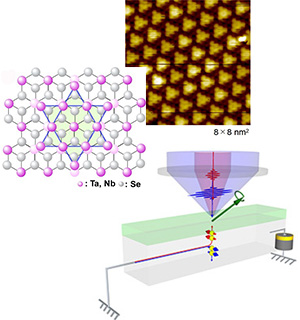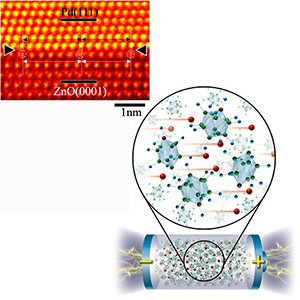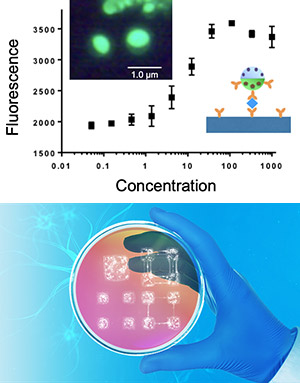

The ultimate goal of AIMR is to create materials based on a complete understanding and control of atoms and molecules — the smallest units for materials. To reach this goal, AIMR launched three new Advanced Target Projects (ATPs) in 2019. The ATPs aim to create materials that express new functions by connecting our understanding and ability to precisely control atoms and molecules to phenomena on the meso and macro scales.

Advanced measurement and atomic control of local structures were established in TP2. To realize novel topological and quantum functional materials, a framework connecting “local” and “global” will be constructed by collaboration between materials science and mathematics.

Computational homology was utilized for characterization of static complex structures in TP1. To reveal temporal and spatial feature of dynamic systems by multi-modality approach, persistent homology is combined with advanced imaging and simulation techniques.

Universal description of hierarchical structures was studied in TP3. Such hierarchical structures have potential to become functional devices by controlling reactivity and response. Biological/non-biological interfaces and bio-networks are investigated to obtain a guiding principle in practical use of biological functions.
In 2012, AIMR hired six interface researchers to strengthen the organization of mathematics-material science collaboration, and they have acted as a bridge between material scientists and mathematicians. As a result of these efforts, material scientists and mathematicians could discuss directly without the need for an intermediary. In 2016, they evolved into the Mathematical Science Group consisting of mathematicians and theoretical researchers. In order to achieve the Advanced Target Projects, we are strongly promoting interdisciplinary research for the development of new materials and device creation by applying the advanced mathematics to the functionality issues in materials science.